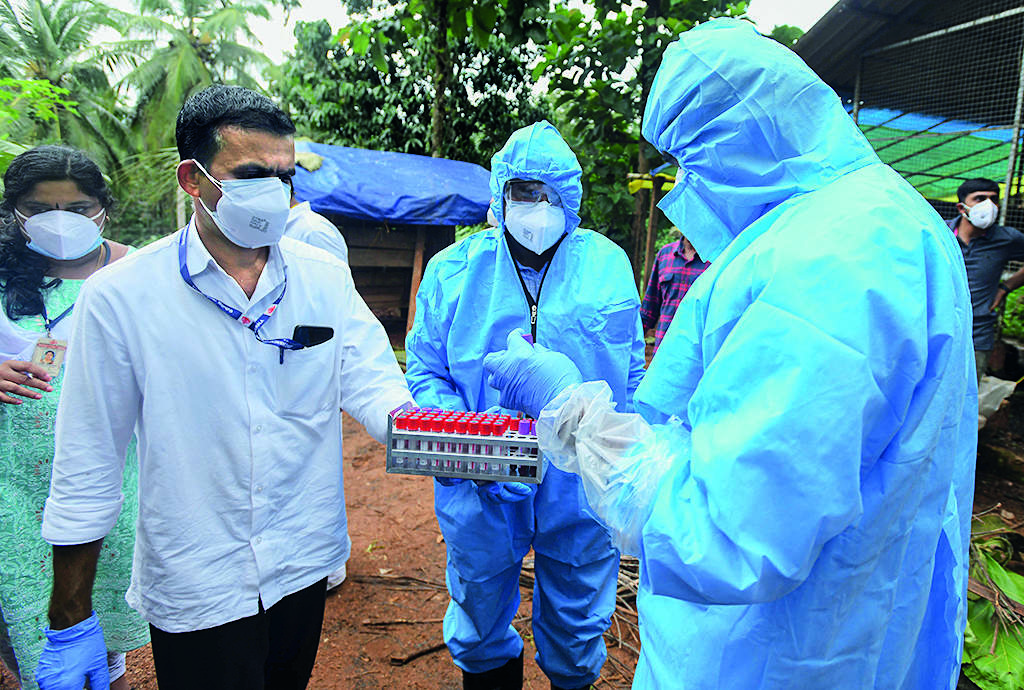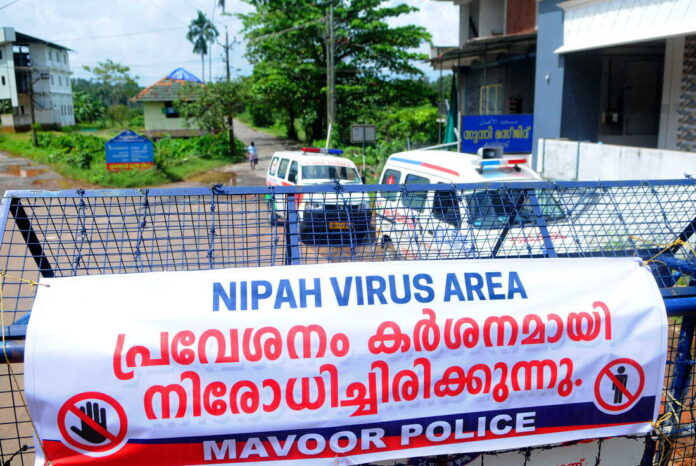Nipah Virus (NiV) is a familiar term in India’s recent history, as this zoonotic virus, capable of jumping from animals to humans, garnered widespread attention in 2018, causing multiple fatalities in Kerala, a southern state. In response, India remains vigilant, rigorously overseeing and mitigating any looming threats of this lethal virus. In this article, we shall explore the nature of Nipah Virus, its past occurrences in India, the proactive measures in place to curtail its dissemination, and the crucial role of public awareness in safeguarding communities.

Read more.. Pushpa 2 : Release Date on August 15, 2024
Read more.. When is Janmashtami 2023 fix Date 7th or 8th
Understanding Nipah Virus
Nipah Virus is a member of the Paramyxoviridae family, related to the Hendra virus. It was first identified in Malaysia in 1999, causing severe respiratory and neurological symptoms in humans. The virus primarily spreads through direct contact with infected animals (bats or pigs) or consumption of contaminated fruits or sap.

Read more.. Brazil Player Ratings vs Bolivia: Neymar Surpasses Pele
Read more.. Why is a Credit Score most Important for Us?
Nipah in India: A Brief History
India’s first encounter with Nipah Virus occurred in Siliguri, West Bengal, in 2001, when an outbreak led to 45 deaths. However, it was the 2018 outbreak in Kerala that garnered significant attention. Seventeen people lost their lives, and the state authorities, with assistance from the central government and international agencies, worked diligently to contain the virus’s spread. Quick isolation, contact tracing, and public health measures were pivotal in controlling the outbreak.
Preventive Measures and Vigilance
Since the 2018 outbreak, India has been vigilant about the potential reemergence of Nipah Virus. Some key preventive measures and strategies include:
1. Surveillance and Early Detection: Continuous surveillance in areas with bat populations, regular monitoring of pig farms, and rapid identification of suspected cases are essential.
2. Isolation and Quarantine: Prompt isolation of infected individuals and quarantining of those who may have been exposed is crucial to prevent human-to-human transmission.
3. Public Health Education: Raising public awareness about Nipah Virus, its modes of transmission, and preventive measures is vital. Communities need to understand the importance of not consuming fruits or palm sap that might be contaminated by bats.
4. Personal Protective Measures: Healthcare workers and individuals in close contact with infected patients must follow strict infection control practices and use personal protective equipment.
5. Research and Development: Ongoing research is needed to better understand the virus, develop diagnostics, and work towards potential treatments or vaccines.
Public Awareness: A Critical Component
Public awareness plays a pivotal role in preventing the spread of Nipah Virus. Communities living in areas prone to outbreaks should be educated about the virus and preventive measures. Local health authorities and NGOs often conduct awareness campaigns, emphasizing the importance of:
- Avoiding Direct Contact with Bats: Discouraging the handling of sick or dead bats.
- Safe Food Practices: Ensuring that fruits and sap are not contaminated by bats.
- Early Reporting of Symptoms: Encouraging people to seek medical help immediately if they experience symptoms like fever, headache, dizziness, and respiratory issues.
Conclusion
India’s encounters with the Nipah Virus underscore the critical role of readiness, vigilant monitoring, and public education in effectively handling potential outbreaks. Although substantial strides have been taken to combat this virus, maintaining unwavering vigilance and advancing research are imperative to avert future incidents. The cooperation and awareness of the public remain pivotal in these endeavors, reinforcing the timeless wisdom that prevention always surpasses the need for a cure.



